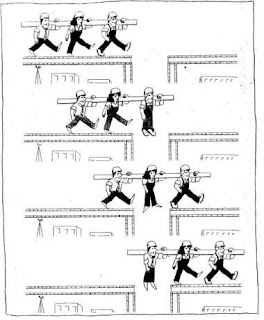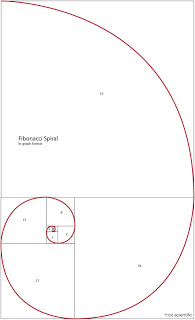The Grameen Bank is a community development bank started in Bangladesh. They give small loans (known as micro credit or "grameencredit" ) to poor people without asking for collateral.The system of this bank is based on the idea that the poor have skills but have no chance to use their skills without some money, that is their skills are under-utilised. Most of the banks loans go to women.
The Grameen Bank was started 1976 when Professor Muhammad
Yunus, a Fulbright scholar and Professor at University of Chittagong, researched how to provide banking for the rural poor. In October 1983, the Grameen Bank Project was made into an independent bank by the government.The group and its first member, Muhammad Yunus, were awarded the Nobel Peace Prize in 2006. Grameen Bank is owned by the people who borrow the money, mostly women. The borrowers own 94% of the bank, and the other 6% is owned by the Government of Bangladesh.
 |
| Muhammed Yunus at the World Economic Forum |
I am embedding the video we were asked see below. Watch it, it's worth your time. It will also give some context to what happened in class and the key learning I had.
Our class did not focus solely on aspects of social business. Instead – being a Principles of Management class – we focused on the difference in style of management and in delivery of product. We started out by discussing the difference between a traditional banking system and the Grameen micro-credit system. For the sake of simplicity, I am tabulating the differences below:
TRADITIONAL BANKING
|
GRAMEEN BANK
| ||
1.
|
Purpose
|
Maximising Profit (Profit Motive)
|
Reducing Poverty
|
2.
|
Collateral
|
Needed. Without which no loans will be given.
|
No collateral needed
|
3.
|
Ownership
|
Businessmen – Rich People
|
By the Poor
|
4.
|
Loan Amount
|
Large Amounts
|
Very Small Amounts
|
5.
|
Type of Lending
|
To individuals
|
To small groups of people –Solidarity lending
|
6.
|
Type of Interest
|
Usually Interest is compounded
|
Simple Interest
|
7.
|
People Money given to
|
In most developing countries there seem to be a bias towards men.
|
Women are the primary focus. In fact women make up 97% of Grameen Bank Customers
|
8.
|
Location
|
Primarily located in urban areas
|
Primarily located in rural areas
|
Both Objective and Organisational Structure contribute to another phenomenon – Organisational Culture. Basically, it is the behaviour of humans who are part of an organisation and the meanings that the people attach to their actions. Culture includes the organisation values, visions, norms, working language, systems, symbols, beliefs and habits.
The culture at Grameen Bank is to find ways to eradicate poverty. The Managing Director of the bank is not asked, “Why are Profits down?”. Instead he is asked, “How many people have you taken out of poverty today. It is precisely this culture that has allowed the Grameen Bank to achieve so much.
This is the most important take away from this class. It is the Organisational Culture that motivates employees to perform well. It is the Organisation Culture that affects the way people and groups interact with each other, with clients, and with stakeholders. It is the Organisational Culture that gives the organisation Branding.





.jpg)
.jpg)








.jpg)



